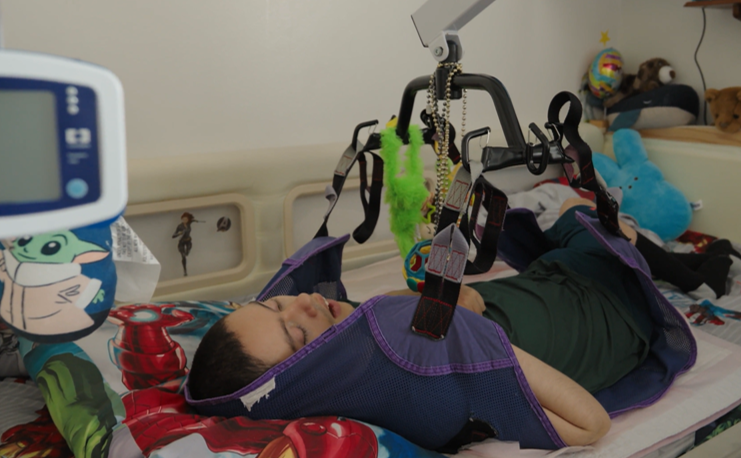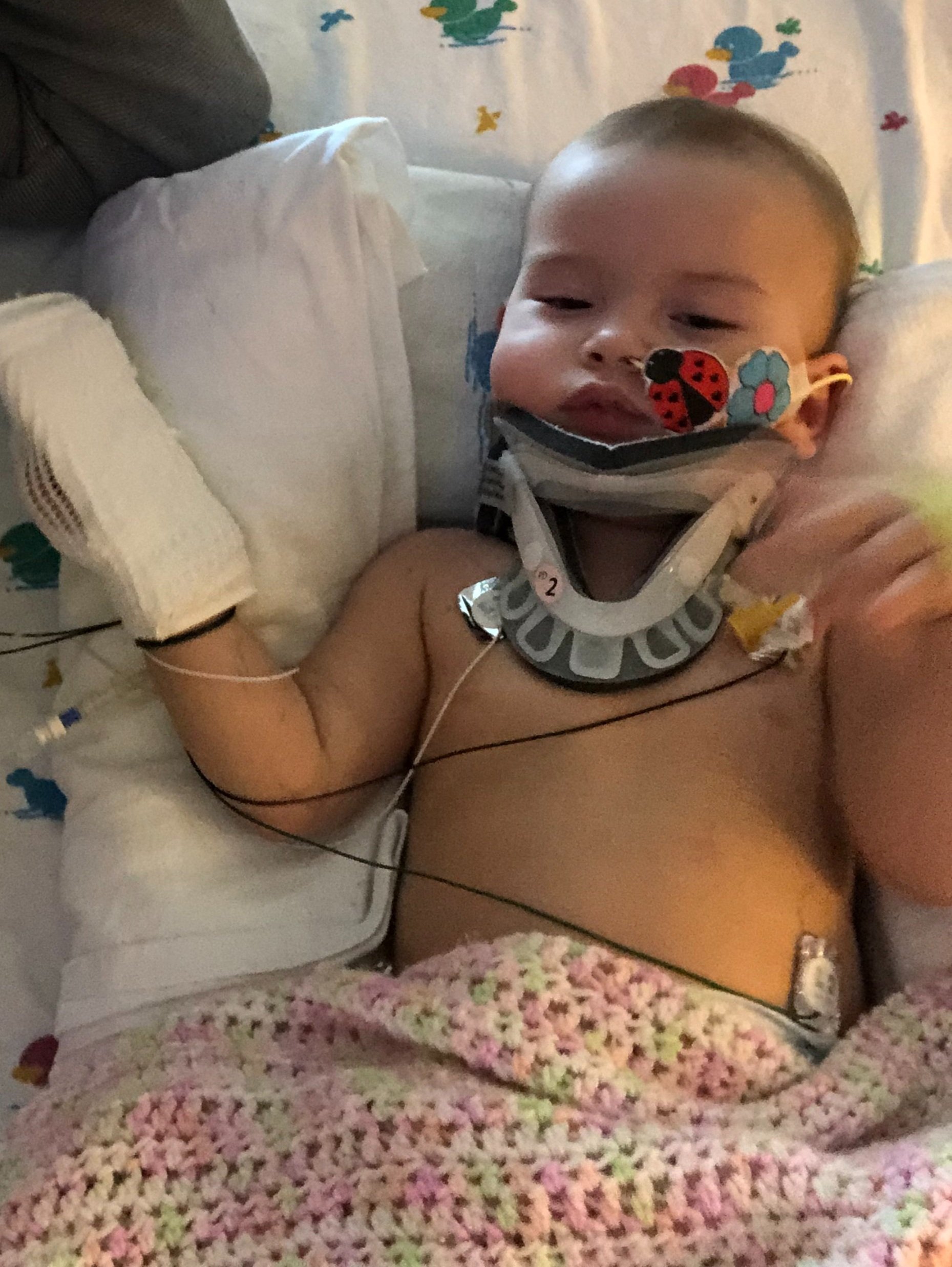
What is FRRS1L Gene Disorder?
FRRS1L gene is a protein coding gene contained in all cells of the brain. It helps build key components of the ampa receptor that get produced to sit outside the cell and send messages between cells. FRRS1L gene disorder results from a mutation and resulting loss of function of the FRRS1L gene. FRRS1L disorder causes the messages in the brain to not get through from one cell to another. These messages affect all areas of function and life for the child. The resulting disorder produces epilepsy, progressive dyskinesis (abnormal movements), developmental delay, diffuse hypotonia, and global loss of function. Current research shows children from birth to two years old having developmental delays, but still gaining abilities, and then at age two begin having seizures that cause regression, and quick loss of function and/or abilities. Frizzle children are trapped in a body they can’t move, however still retain high cognitive function, understanding, communication, and awareness.
To learn more details about the struggle of children with FRRS1L, please check out the FRRS1L Kids Stories.
FRRS1L Around the World
FRRS1L has been found around the world, and in multiple people groups. Currently there are known children in:
Afghanistan
Croatia
Germany
India
Italy
Middle East
Netherlands
Puerto Rico
South Korea
USA
Additional Resources
FRRS1L gene disorder presents in children through epilepsy, progressive dyskinesis (abnormal movements), developmental delay, diffuse hypotonia, cortical and cerebellar volume loss, and gradual loss of responsiveness to the environment.
For information on various types of seizures please check out the Epilepsy Foundation page on Seizure Types.
For information on movement disorders please see Mayo Clinic movement disorders page.
For information on developmental delays please see the CDC’s page on developmental disabilities.
For information on Hypotonia please see the Boston children’s hospital page on Hypotonia.
Data is in and it shows treatment is possible for FRRS1L children,
but it won’t happen without your help!
After 2 years of work, results are in from FRRS1L mouse models and gene replacement treatment worked to bring function back to FRRS1L diseased mice! This is life changing news, that requires more action and funding. Would you join us in making treatment a reality for sick FRRS1L children?
Donate today to help us fund treatment development for FRRS1L children!




